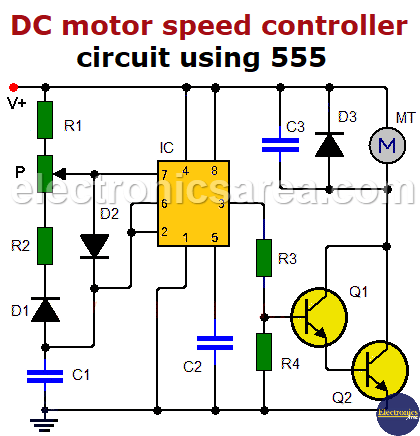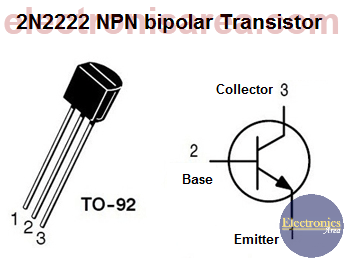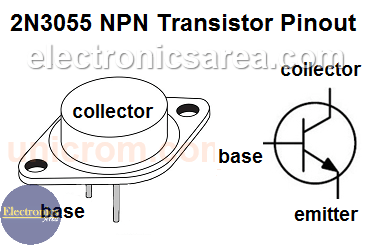Home / Circuits / Controllers /
DC motor speed controller circuit using 555
This simple DC motor speed controller circuit, works with 12 volts and controls a DC motor using the 555 integrated circuit. To vary the speed of the DC motor, timer 555 was used as a PWM (pulse width modulator). The speed variation is achieved with the P potentiometer.
The output of 555 controls the DC motor using transistors Q1 and Q2 connected in Darlington configuration. The motor voltage used is 12 volts and the current is limited to the capacity of the output transistor.
How the DC motor speed controller circuit works
The 555 works in the astable configuration, with the additional feature that you can modify the pulse width at the output of 555 (pin3).
This is achieved with the D1 and D2 diodes, R1 and R2 resistors, the potentiometer P and the capacitor C1. The purpose of these components is to regulate the charging and discharging times of capacitor C1 and thus establish the time that the 555 has its output high and low.
Since the output of the 555 IC is of the square wave type, the motor will have between its terminals a time 12V (a little less) and another time 0V (a few millivolts).
If the 555 has a longer high output.
- Transistors Q1 and Q2 are in their saturation region a longer time.
- The DC motor have 12 volts between its terminals for longer time.
- The DC motor will spin faster.
If the 555 has a longer low output
- Transistors Q1 and Q2 are in their cutoff region for longer time.
- The DC motor have 0 volts between its terminals for longer time.
- The DC motor will spin slower.
If the potentiometer is varied from one end to the other, it will go from a stopped motor to a full speed motor.
List of components for the DC motor controller
- 1 555 integrated circuit (IC)
- 1 2N2222 NPN transistor (Q1)
- 1 2N3055 NPN transistor (Q2)
- 2 1N914 diodes (D1, D2)
- 1 1N4007 diode (D3)
- 2 2.2K, 1/4 watt resistors (R1, R2)
- 1 1K, 1/4 watt resistor (R3)
- 1 1.5K, 1/4 watt resistor (R4)
- 1 1 uF (microfarads) capacitor (C1)
- 2 0.1 uF (microfarads) capacitors (C2, C3)
- 1 100K potentiometer (P1)









